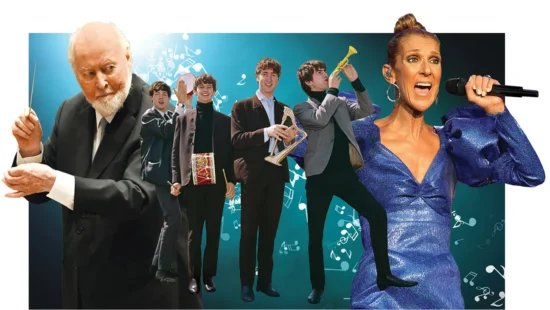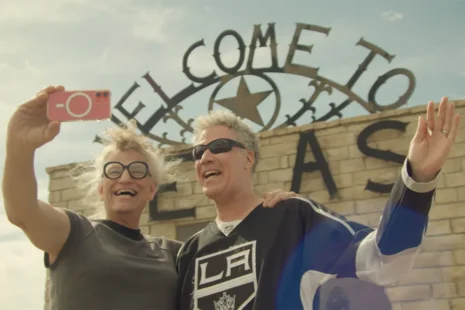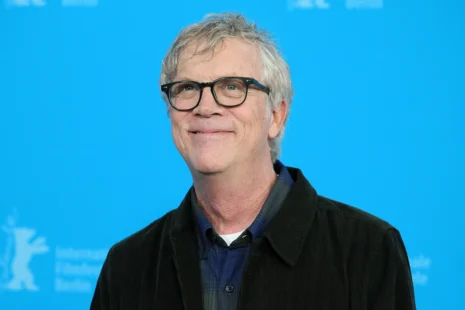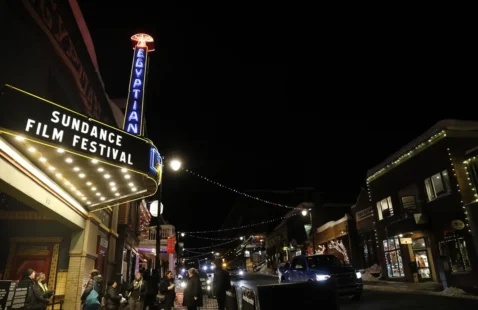In recent years, the global landscape for the distribution of independent documentary films has undergone seismic changes. A documentary market boom that was once heralded as the “golden age of documentary” collided with a global streaming industry hungry for growth and resulted in a “bust” in the independent film marketplace overall, and the public interest documentary sector in particular.
In response to this crisis, support organizations, industry leaders, journalists, and filmmakers have been organizing convenings, collaborating on fresh solutions, and writing in-depth examinations about how we got here and what comes next. The Shorenstein Center’s Documentary Film in the Public Interest Initiative is compiling this Documentary Distribution Literature Review to capture the quickly evolving landscape through a curated collection of annotated articles, webinars, talks, and convening summaries for an audience of experts and lay people alike. Our aim is to both inform and inspire new directions for where the conversation evolves next.
This project was born from a convening organized by the Shorenstein Center’s Documentary Film in the Public Interest Initiative, Points North Institute, International Documentary Association, Doc Society, and Sub-Genre for the 2023 Camden International Film Festival.
For a full bibliography of all resources included in this literature review, click here.











